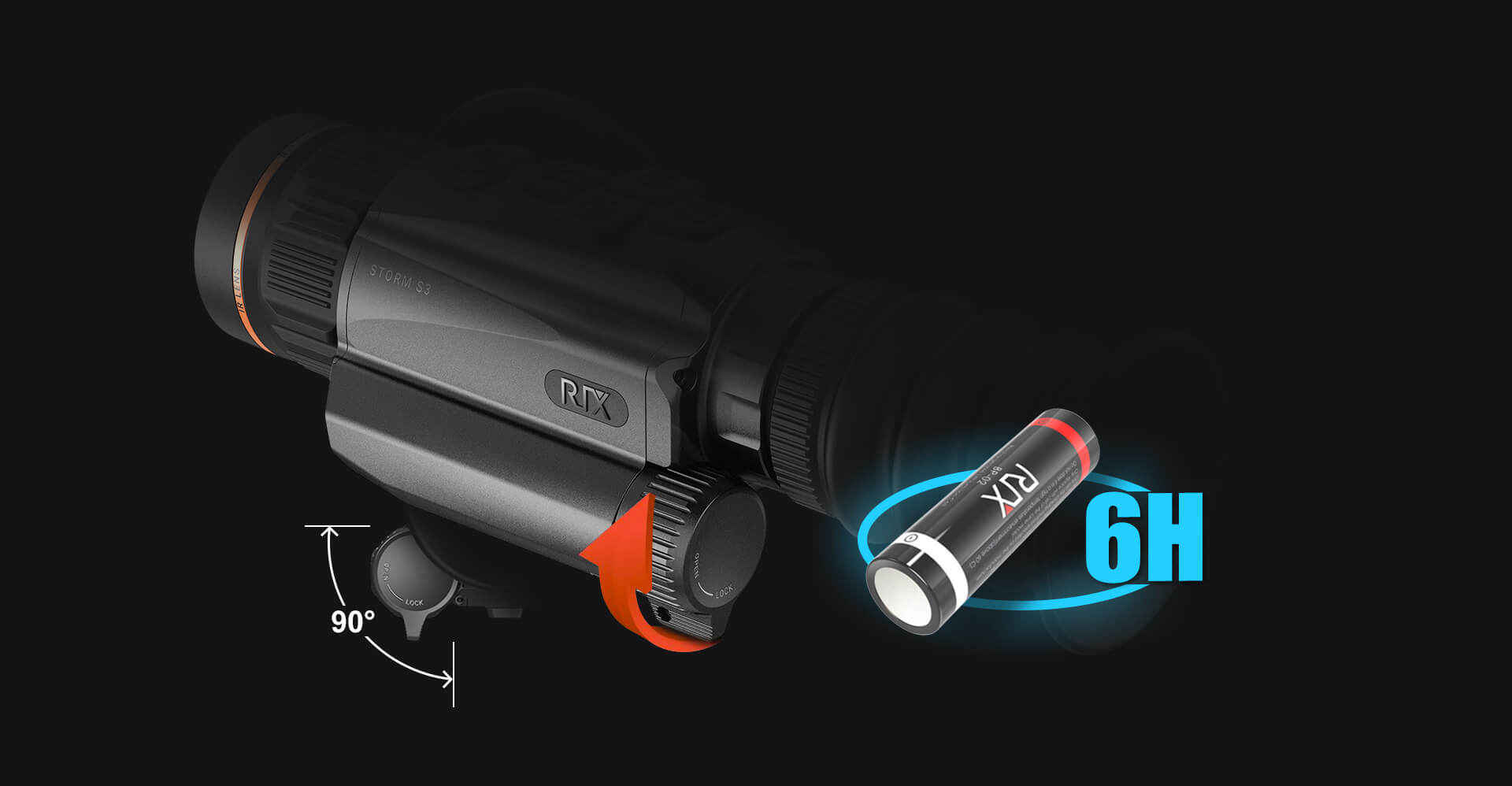In the world of shooting sports and hunting, thermal rifle scopes have emerged as a revolutionary tool. These advanced optics allow users to see in complete darkness and through various environmental conditions. But how do they work, and what should you consider when choosing one? This article will delve into the technology behind thermal rifle scopes and provide guidance on selecting the right one for your needs.

What is a Thermal Rifle Scope?
A thermal rifle scope is an optical device that detects infrared radiation (heat) emitted by objects. Unlike traditional scopes that rely on visible light, thermal scopes convert thermal energy into a visible image. This capability makes them invaluable for nighttime hunting and surveillance.
How Thermal Rifle Scopes Work
At the core of a thermal rifle scope is a thermal sensor. This sensor captures infrared radiation and converts it into an electronic signal. The signal is then processed and displayed on a screen, allowing the user to see heat signatures. The following components are essential in understanding how these scopes function:
- Lens: The lens focuses the incoming thermal radiation onto the sensor.
- Detector: This component converts the focused thermal energy into an electronic signal.
- Display: The processed signal is shown on a screen, often in grayscale or color palettes, highlighting different temperature ranges.
Key Features to Look For in a Thermal Rifle Scope
When selecting a thermal rifle scope, several features should be considered to ensure you make an informed decision:
- Resolution: Higher resolution provides clearer images, which is crucial for identifying targets.
- Refresh Rate: A higher refresh rate results in smoother images, especially when tracking moving targets.
- Range: Consider the effective range of the scope, as this will determine how far you can accurately identify and engage targets.
- Battery Life: Longer battery life is essential for extended use, especially during night hunts.
Advantages of Using Thermal Rifle Scopes
One of the primary advantages of thermal rifle scopes is their ability to function in complete darkness. They are also effective in fog, rain, and smoke, making them versatile tools for various environments. Additionally, thermal scopes can help identify animals that may be camouflaged against their surroundings, providing a significant advantage for hunters.
Conclusion
Understanding the technology behind thermal rifle scopes is essential for anyone interested in enhancing their shooting experience. By considering the key features and advantages discussed, you can make an informed decision when purchasing a thermal scope. For more information on high-quality thermal optics, visit  .
.







